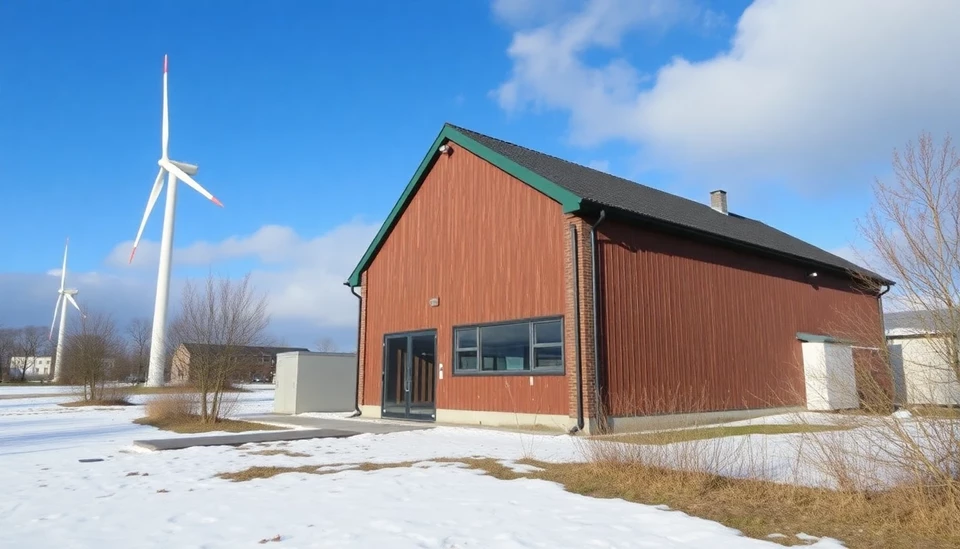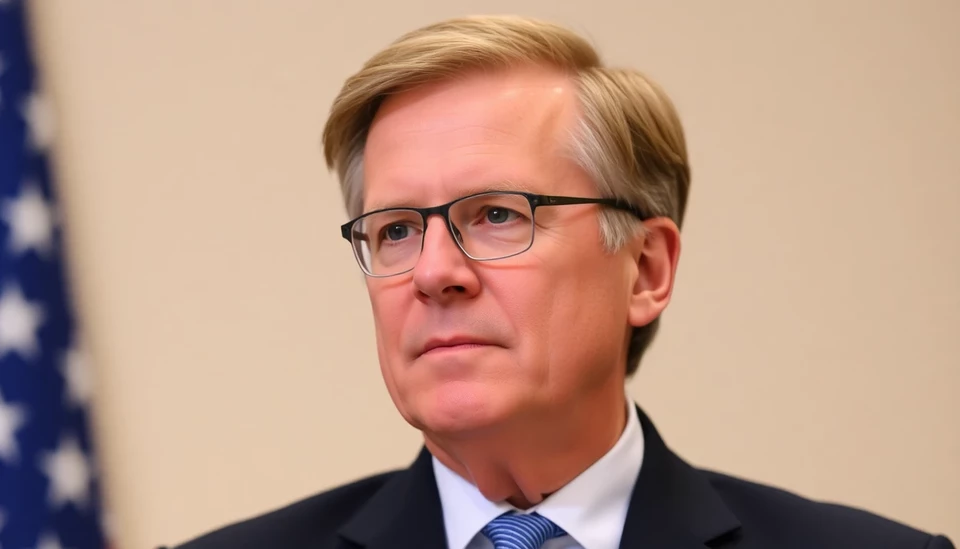
In a notable shift within the energy market, German power prices have experienced a significant increase as forecasts predict a combination of colder temperatures and diminished wind generation in the coming days. This change comes on the heels of a relatively mild winter season, raising concerns about the potential impact of the colder weather on power supply and demand.
On a recent trading day, electricity prices for the following day surged to their highest levels since December. Analysts believe that this spike is primarily influenced by the anticipated dip in wind speeds, which is key for Germany's renewable energy generation. The country's energy production has increasingly relied on wind power, particularly as part of its ambitious transition away from fossil fuels. However, fluctuating weather conditions often lead to uncertainties in renewable generation, impacting overall supply.
The latest forecasts indicate that from February 26 to March 2, temperatures in Germany could drop significantly, with some regions facing conditions several degrees below seasonal averages. This cooling trend is expected to drive up energy consumption as households and businesses ramp up heating needs. As a result, the interplay of supply constraints from reduced wind energy and increased demand due to colder weather creates a perfect storm for rising electricity prices.
Add to this the already existing pressures from fluctuating global energy markets, and the situation is further exacerbated. The energy landscape is still in the process of stabilizing following disruptions and price surges seen over the past two years due to geopolitical factors, supply chain issues, and the transition to greener energy sources. Investors and consumers alike are keeping a wary eye on market trends as they navigate the complexities of energy prices in these evolving conditions.
The German government, while advocating for an accelerated shift towards renewable energy, is also faced with the immediate challenges posed by such weather-related fluctuations. The country continues to develop infrastructure to better integrate renewable energy sources, but the path to a stable and resilient energy market remains fraught with obstacles. Cold snaps and calm weather days can lead to sharp price volatility, highlighting the need for adaptive strategies in energy management.
As we move forward, market participants will undoubtedly closely monitor the interplay of weather patterns and power demand as the season progresses. Traders and analysts will look for signals that might indicate the longer-term trajectory of energy prices, especially as Germany continues to navigate its energy transition amidst both local and global pressures.
The warming climate and its impact on energy sourcing further complicate the forecasting of energy availability. Stakeholders in Germany's energy sector are being compelled to innovate and rethink traditional models to mitigate the effects of such weather-driven demand surges. This necessity for innovation underpins broader conversations about sustainability, energy security, and economic resilience.
In conclusion, while Germany stands at the forefront of a pivotal transition in energy, the immediate forecast of cold temperatures and lower wind production illustrates the challenges inherent in the shift. Trends suggest that the outlook for energy prices may remain precarious, and stakeholders will need to remain agile as they adapt to the rapidly changing environment.
For those following the developments in the energy market, the coming weeks are poised to deliver critical insights into the efficacy of Germany’s energy strategies and the resilience of its power supply amid shifting weather conditions.
#GermanPower #EnergyPrices #WeatherImpact #RenewableEnergy #MarketTrends #EnergyTransition #ColdWeather #WindPower #ElectricityCosts
Author: Victoria Adams




